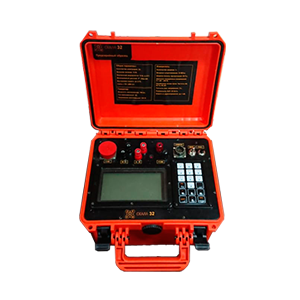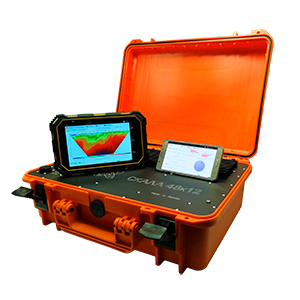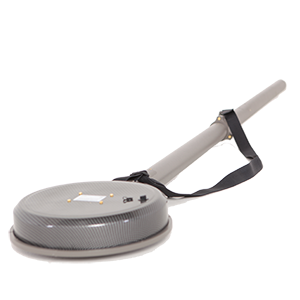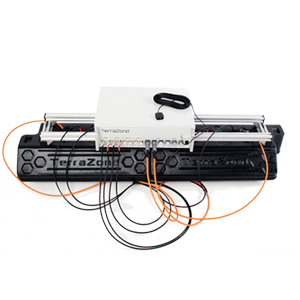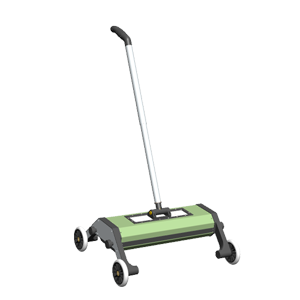Contact
RECENT NEWS
- PARSEC Accelerator actual information
- Second stage of the PARSEC acceleration programm
- Symposium on the Application of Geophysics to Engineering and Environmental Problems – SAGEEP-2021
- IV International Geological and Geophysical Conference and Exhibition “GeoEurasia-2021”
- PARSEC acceleration programme

